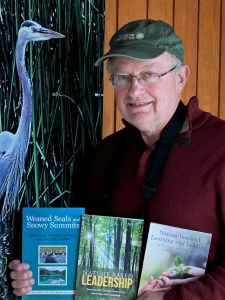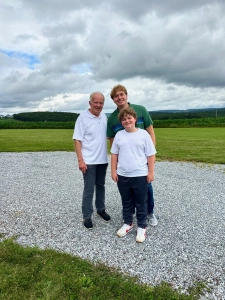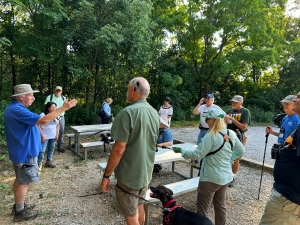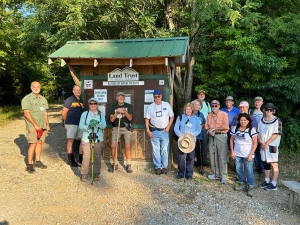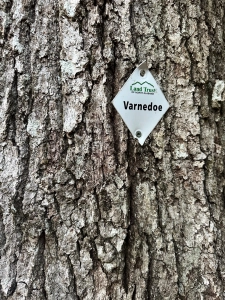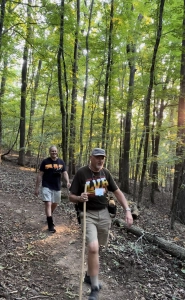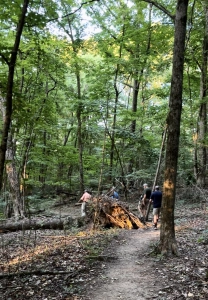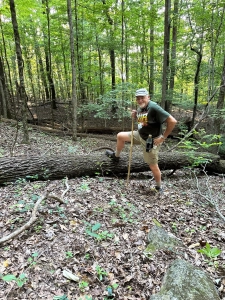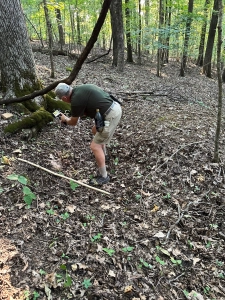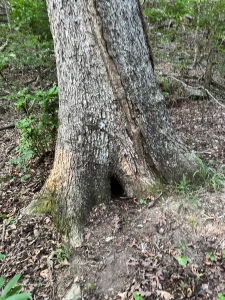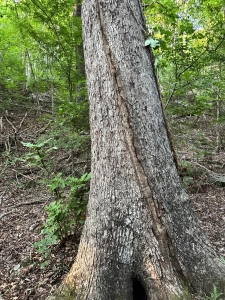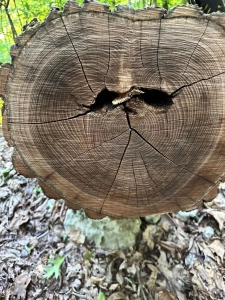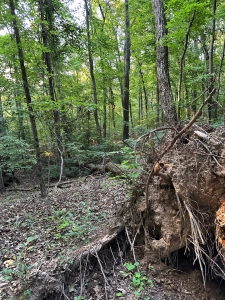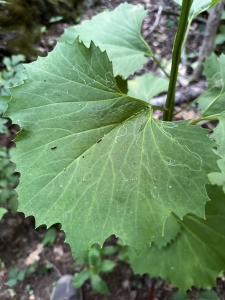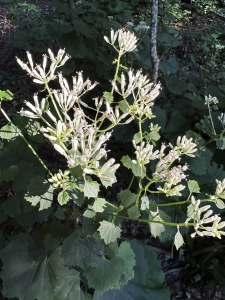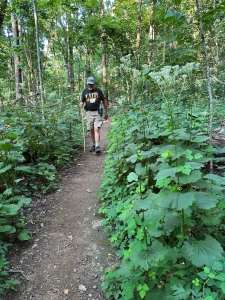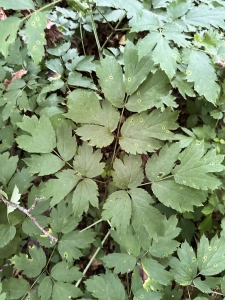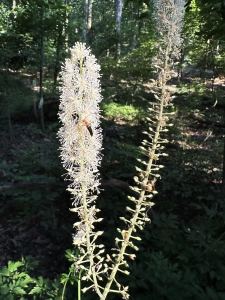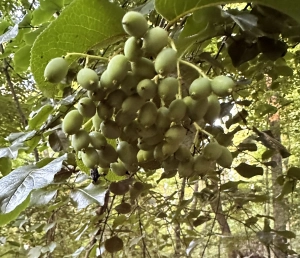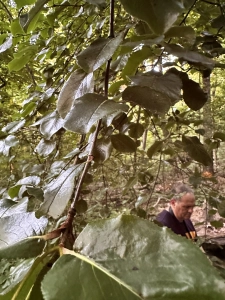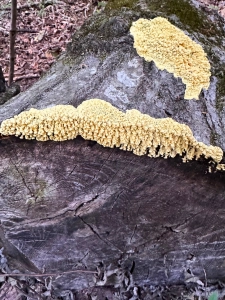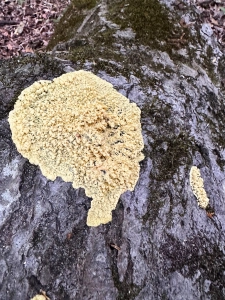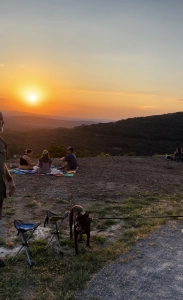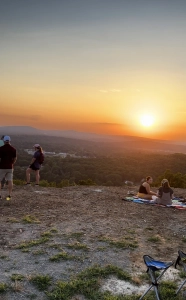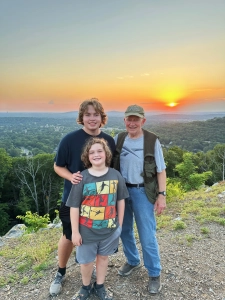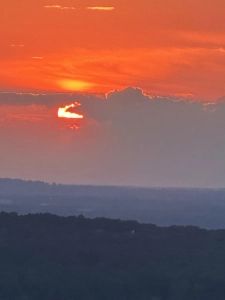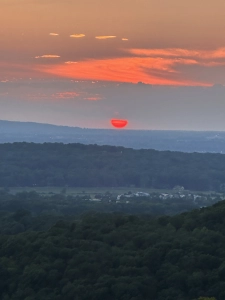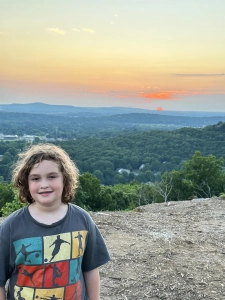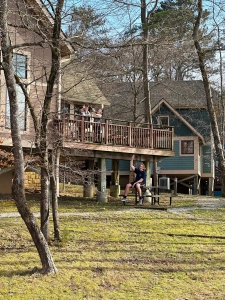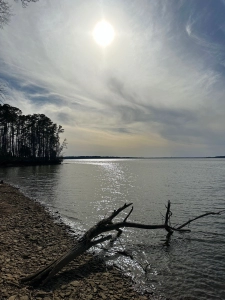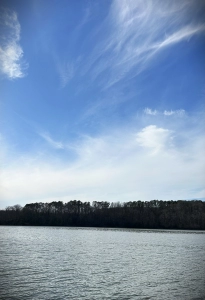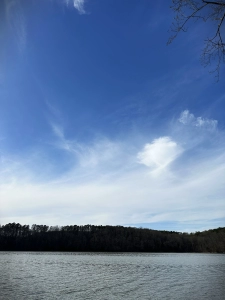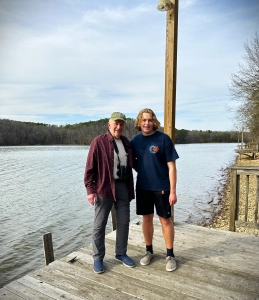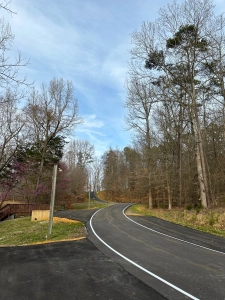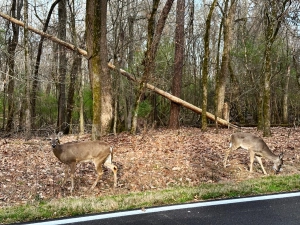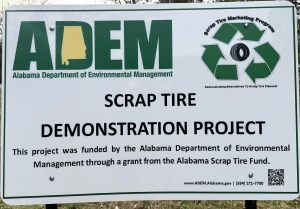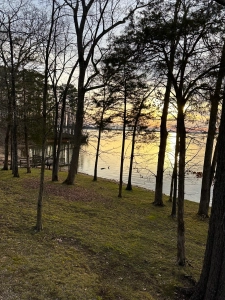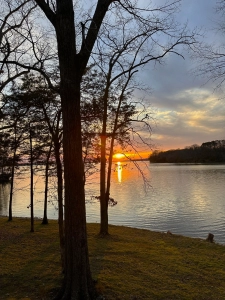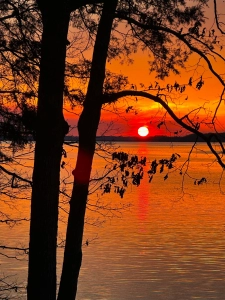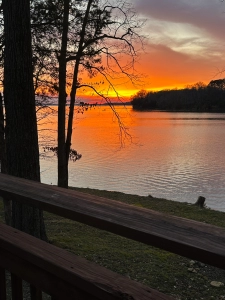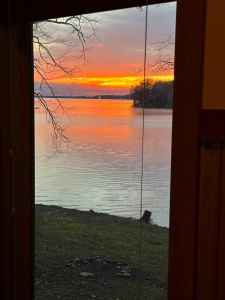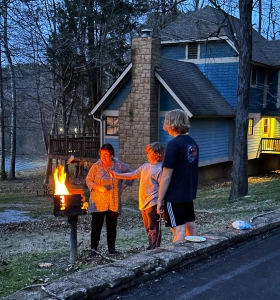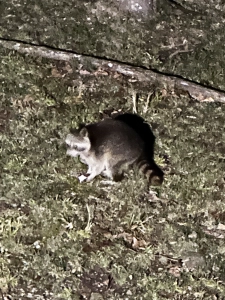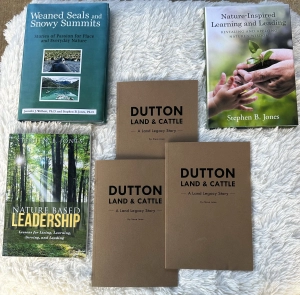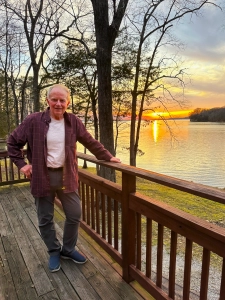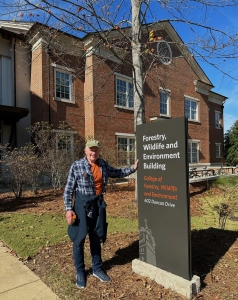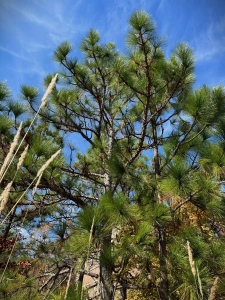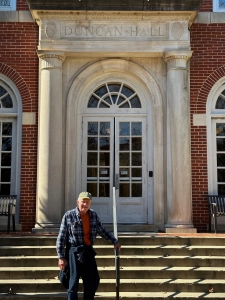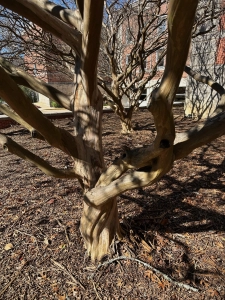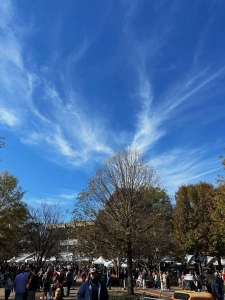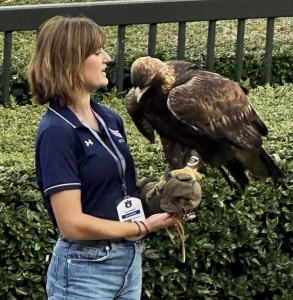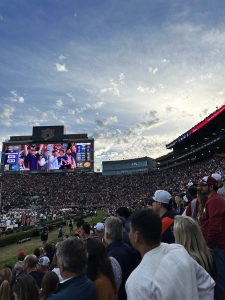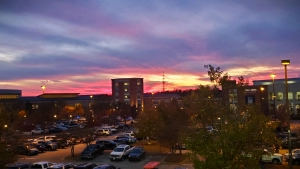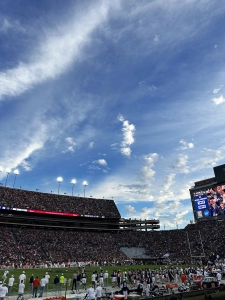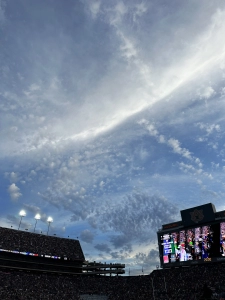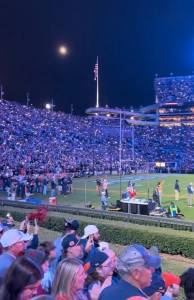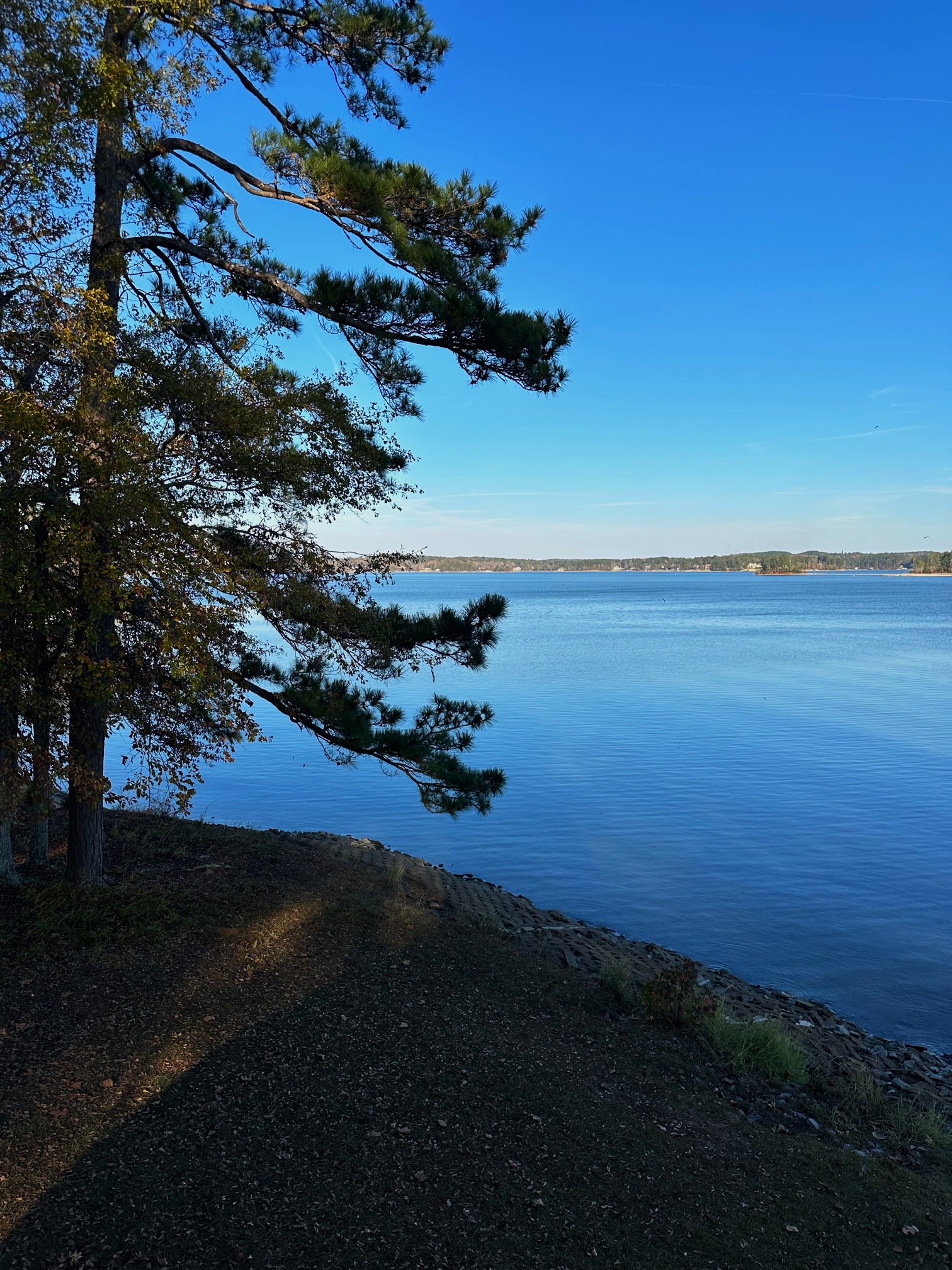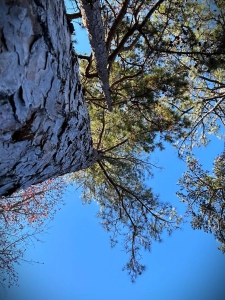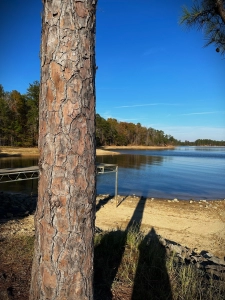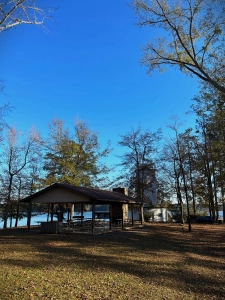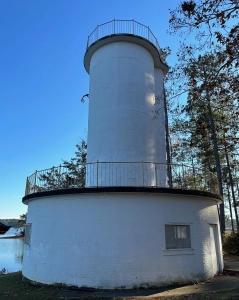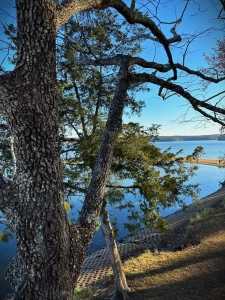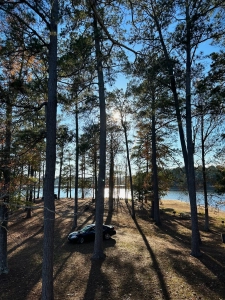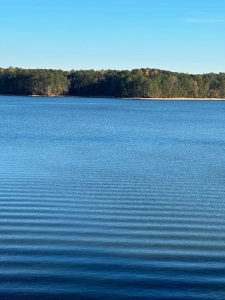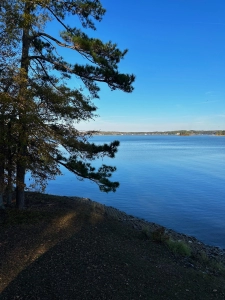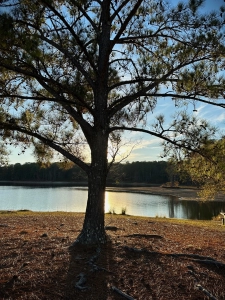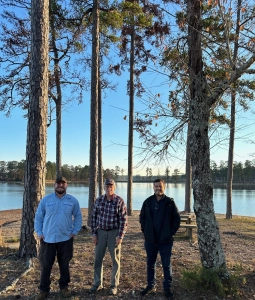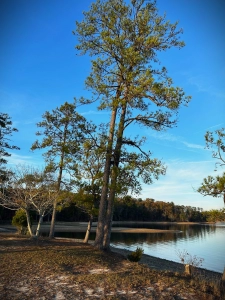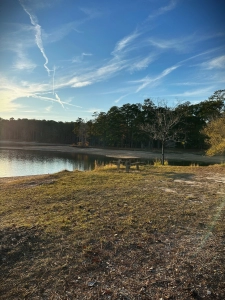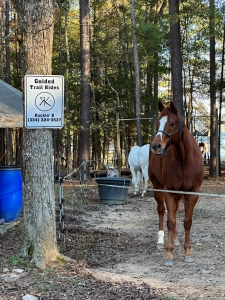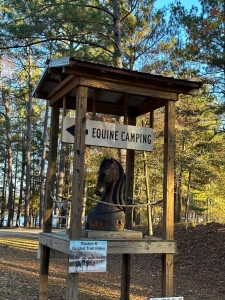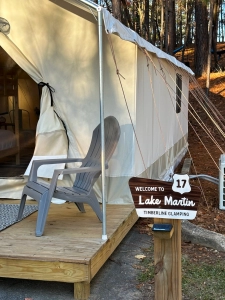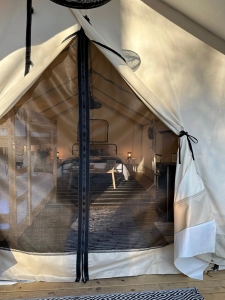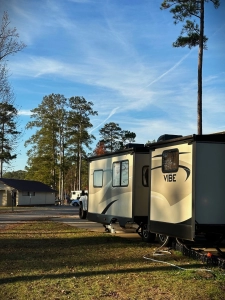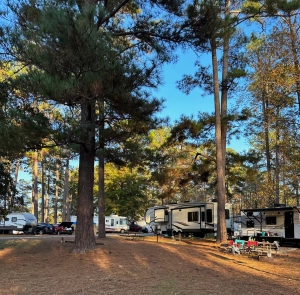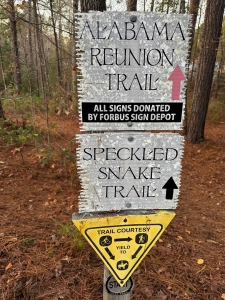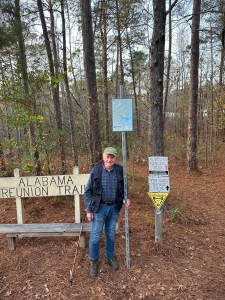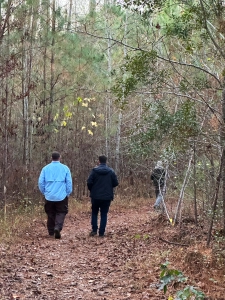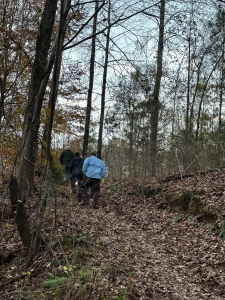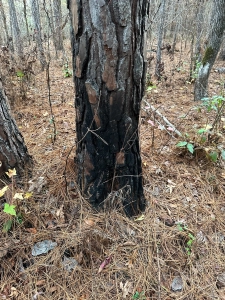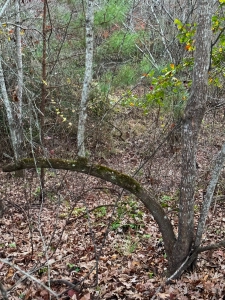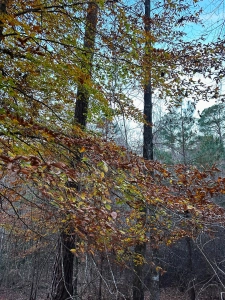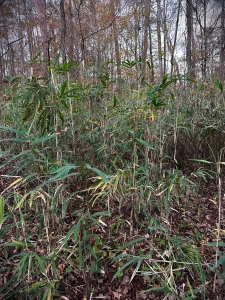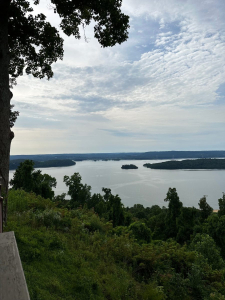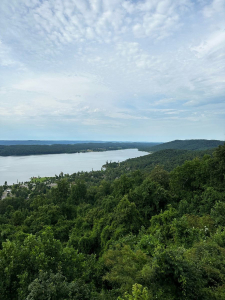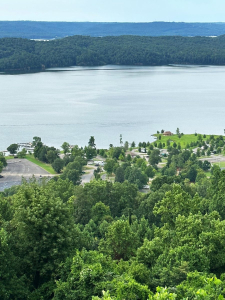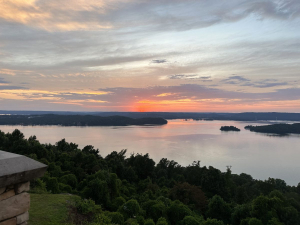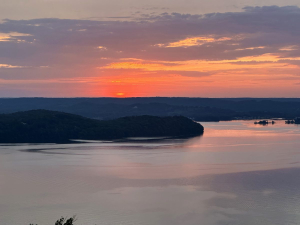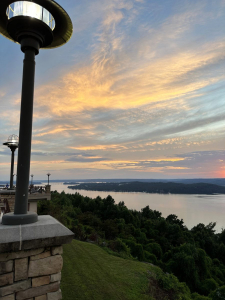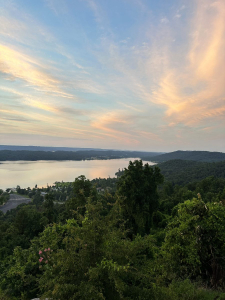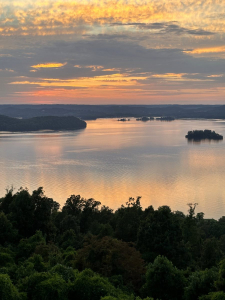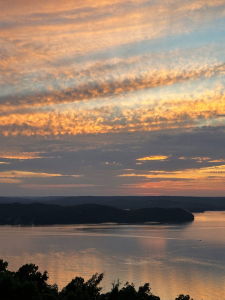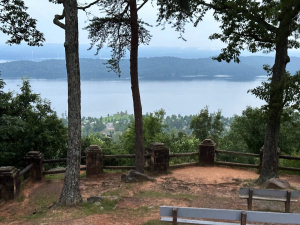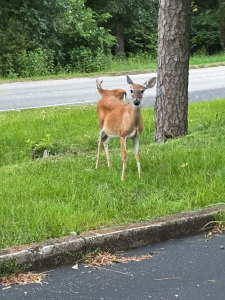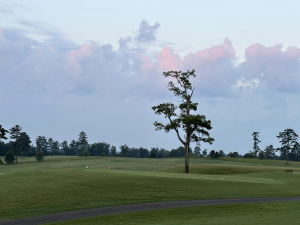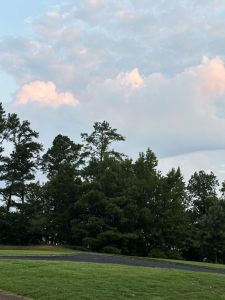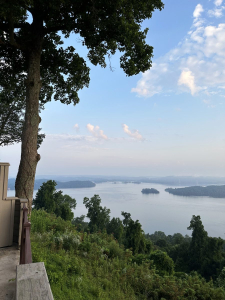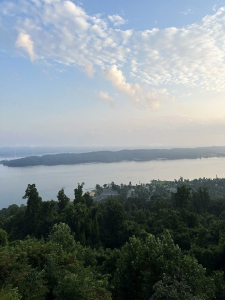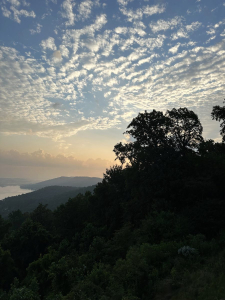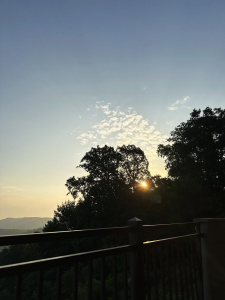Piney Run on the Allegheny Front in Western Maryland: Reminiscing on a Special Place
Judy and I returned to our homeland in Western Maryland to attend the rehearsal and wedding for Judy’s great-nephew (her sister’s daughter’s son) on August 1 and 2, 2025. The venue was the Back Barn at Piney Run, located on the Allegheny Front in Garrett County, at an elevation of approximately 2,800 feet. I resided and performed forest inventory for two summers (1970 and 1971) on the nearby 52,000-acre Savage River State Forest. In my view then…and now…the upper elevations of Garrett County are Heaven-on-Earth! I love her terrain, forests, weather, and firmament.
Co-author Dr. Jennifer Wilhoit and I published Weaned Seals and Snowy Summits: Stories of Passion for Place and Everyday Nature, which aptly characterizes my feelings toward special places. My story of Garrett County and its State Forest is undoubtedly one of passion. I cherish my memories of the place and my introduction to a central element (forest inventory) of forestry practice.
I recorded this 59-second video reflecting on this Heaven-on-Earth wonderland!
I’ll employ this Brief-Form Post to highlight sentiments stirred by our t00-condensed August 2025 visit. Visibility reached the horizon across rolling fields and woodlots. A split rail fence added character and ambience. What you can’t see in the images is the low humidity, fresh breeze, and upper-60s midday temperatures, blessedly much lower than what is typical back in northern Alabama. Breathing deeply, the scenery and feel whisked me back to my young adulthood.
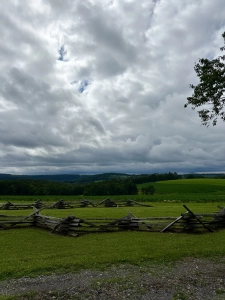
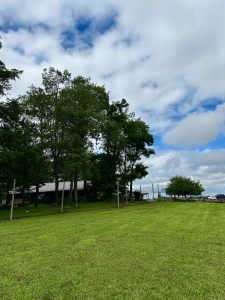
I recorded this 60-second video to emphasize the glory of the afternoon.
Low-base clouds scurried across the hills, rewarding us with contrasting shades of grey, white, and blue. I wanted a lounge chair and far more time than festivities, chores, and familial socializing allowed.

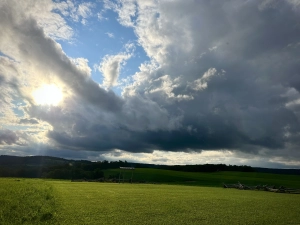
Even the multitudinous shades of green strutted their stuff, their palette richly deepening as sunset approached.
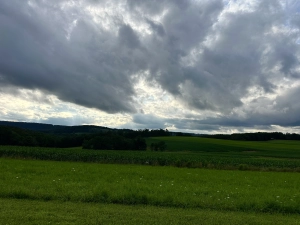

I present a third brief video echoing my sentiments about this special place and its everyday Nature!
Some photo images require no narrative.
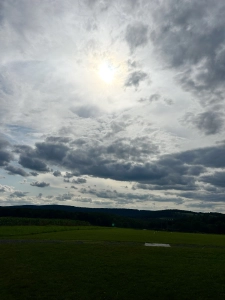
The split rail fence harkens to a time long ago. I view the countryside as timeless, unchanged in the half-century since the forester-in-training cruised the forests of Savage River.
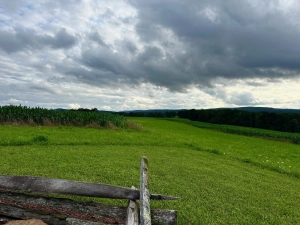
The Back Barn venue served the occasion well. I hope the newlyweds’ embrace persists as long as this special place has gripped my heart.
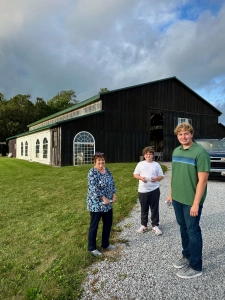
Monarch Domain
A patch of milkweed bordered the cornfield adjacent to the grassy parking area. I wished safe travels to the adults who will transit to Central America before fall leads to winter.
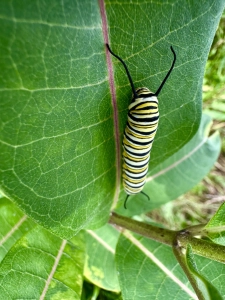

Wild carrot complemented the wedding veil theme!
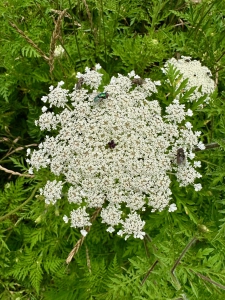
Windmills on the Ridge
I saw scores of windmills across the highland front in both Maryland and adjacent Pennsylvania. Are these 90-meters-to-hub mechanical monstrosities a solution or just another facet of rushing too quickly to adopt a fix-of-the-moment? Fewer than half of the rotors were spinning. Is that a typical percent utilization? You probably noticed my applying the term monstrosities, suggesting my present day bias. These things are ugly! I see them as scars upon the pastoral landscape…blemishes on the countenance of my special place! Have we prematurely abandoned nuclear in favor of wind? Is coal the evil that some people consider it? Is human-induced climate change truly an existential threat to modern human civilization? Our climate prediction models are not reliable, yet we place tremendous trust in their declarations of unprecedented consequence.
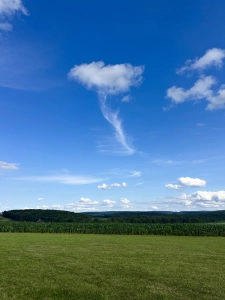
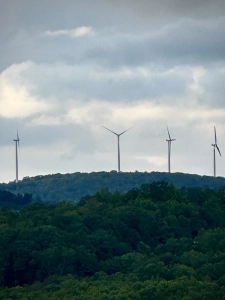
Just 13,000 years ago, these rolling hills, transformed by periglacial climate owing to a massive continental ice sheet less than 100 miles to the north, stood 400 feet higher above sea level than they do today. The ice age abated; the ice sheet melted; correspondingly, the sea level rose some 400 feet…all of these planet-altering results occurred naturally, long before the era of fossil fuel powered industrialization.
I write in my introduction to Weaned Seals and Snowy Summits: I am sounding a clarion call to understand and appreciate our relationship to Earth and our imperative to act accordingly. Mine is not a perspective of doom and gloom; others have followed that route and fallen short of the destination. I am not ready to endorse wholesale, sole reliance on renewable energy, but that is a topic for another day. I will say only that my special place is diminished. I am not assured that the solution is worth the economic, social, environmental, and aesthetic price. Rash action is the folly of fools.
I offer the counsel of Albert Einstein and Galileo Galilei:
- Whoever undertakes to set himself up as a judge of Truth and Knowledge is shipwrecked by the laughter of the Gods. (Albert Einstein 1879-1955)
- In questions of science, the authority of a thousand is not worth the humble reasoning of a single individual. (Galileo Galilei 1564-1642)
Thoughts and Reflections
I offer these observations:
- Breathing deeply, the scenery and feel whisked me back to my young adulthood. (Steve Jones)
- There are some who can live without wild things and some who cannot. (Aldo Leopold)
- Even the multitudinous shades of green strutted their stuff, their palette richly deepening as sunset approached. (Steve Jones)
Inhale and absorb Nature’s elixir. May Nature Inspire, Inform, and Reward you!
Note: All blog post images created & photographed by Stephen B. Jones unless otherwise noted. Please circulate images with photo credit: “©2025 Steve Jones, Great Blue Heron LLC. All Rights Reserved.”
I am available for Nature-Inspired Speaking, Writing, and Consulting — contact me at steve.jones.0524@gmail.com
Subscribe to my free weekly photo essays (like this one) at: http://eepurl.com/cKLJdL
Reminder of my Personal and Professional Purpose, Passion, and Cause
If only more of us viewed our precious environment through the filters I employ. If only my mission and vision could be multiplied untold orders of magnitude:
Mission: Employ writing and speaking to educate, inspire, and enable readers and listeners to understand, appreciate, and enjoy Nature… and accept and practice Earth Stewardship.
Vision:
- People of all ages will pay greater attention to and engage more regularly with Nature… and will accept and practice informed and responsible Earth Stewardship.
- They will see their relationship to our natural world with new eyes… and will understand more clearly their Earth home.
Tagline/Motto: Steve (Great Blue Heron) encourages and seeks a better tomorrow through Nature-Inspired Living!
Steve’s Four Books
I wrote my books Nature Based Leadership (2016), Nature-Inspired Learning and Leading (2017), Weaned Seals and Snowy Summits: Stories of Passion for Place and Everyday Nature (2019; co-authored with Dr. Jennifer Wilhoit), and Dutton Land & Cattle: A Land Legacy Story (2023) to encourage all citizens to recognize and appreciate that every lesson for living, learning, serving, and leading is either written indelibly in or is powerfully inspired by Nature. All four of my books present compilations of personal experiences expressing my deep passion for Nature. All four books offer observations and reflections on my relationship with the natural world… and the broader implications for society. Order any from your local indie bookstore, or find them on IndieBound or other online sources such as Amazon and LifeRich.
I began writing books and Posts for several reasons:
- I love hiking and exploring Nature
- I see images I want to (and do) capture with my trusty iPhone camera
- I enjoy explaining those images — an educator at heart
- I don’t play golf!
- I do love writing — it’s the hobby I never needed when my career consumed me
- Judy suggested my writing is in large measure my legacy to our two kids, our five grandkids, and all the unborn generations beyond
- And finally, perhaps my books and Blogs could reach beyond family and touch a few other lives… sow some seeds for the future
